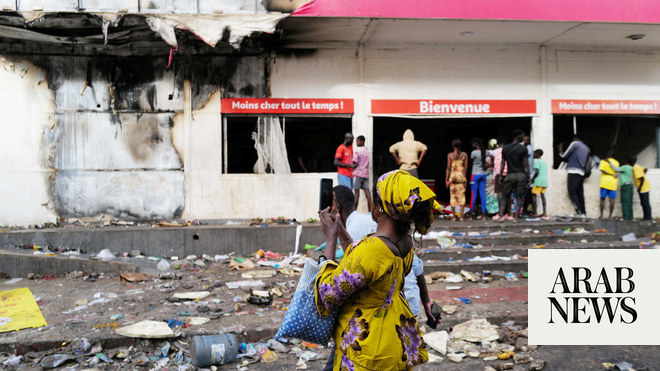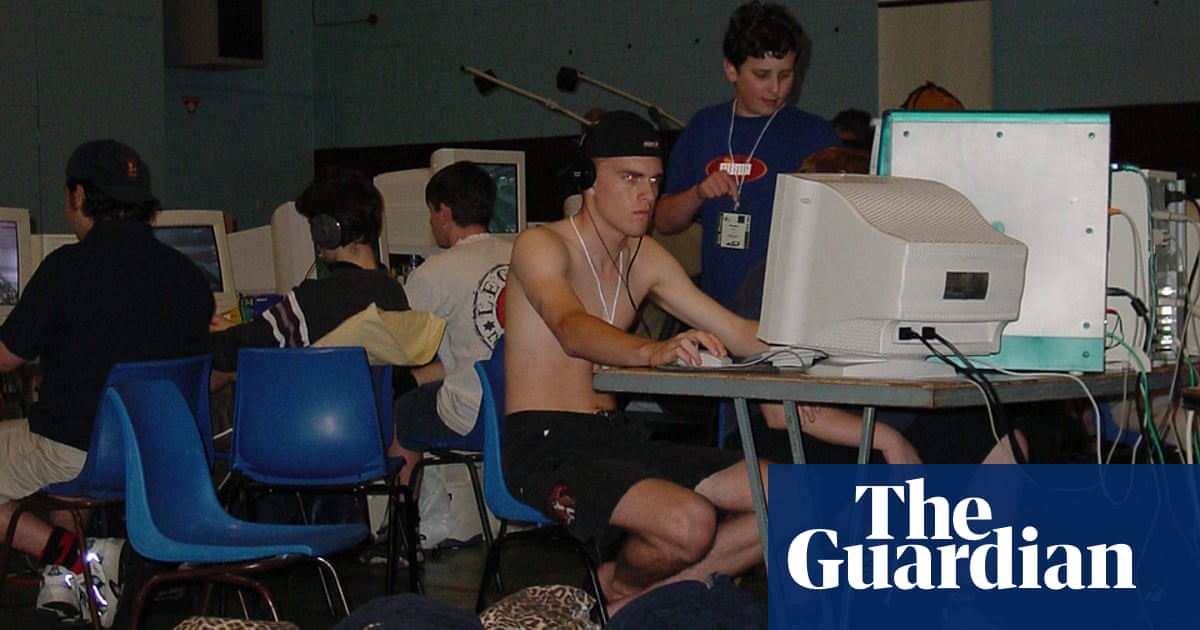
Iranian prosecutors have opened an investigation into the death of a teenage girl during the early days of protests in Tehran, who has become an icon for the anti-government movement.
The popular uprising against Iran’s theocratic rulers was sparked by the death in custody of Mahsa Amini, a 22-year-old Iranian Kurd detained for allegedly violating the country’s laws on clothing, and has largely been led by women.
Universities have been a battleground for days, and on Wednesday riot police were deployed around campuses in several cities including Tehran, Reuters reported, citing witnesses.
“There are lots of security forces around Tehran University. I am even scared to leave the campus. Lots of police vans are waiting outside to arrest students,” said one student in the capital.
This week high school students have also taken an increasingly prominent role. They have attacked symbols of the ruling regime, including portraits of prominent clerics, taken off their headscarves and documented their fight against decades-old restrictions in videos and photos.
Schoolgirls were part of street protests in 1979 against the new Islamic government’s compulsory hijab ruling under Ayatollah Ali Khamenei.
Defiance has spread rapidly, despite more than 1,500 arrests and a bloody government crackdown in which dozens of people have been killed and hundreds more injured.
Video shared online on Wednesday appeared to show one group of students chanting “death to Khamenei”. Other schoolgirls shouted “get lost” at a member of a volunteer government paramilitary force who had been brought in to speak to them.
The death of Nika Shakrami, who would have turned 17 at the weekend, has become a focus for online activists who say she was killed during the first days of protests, in late September. After she went missing, her family spent several days searching for her before she was confirmed dead.
The government has responded to growing public outrage by launching an investigation. Officials told state media there were no bullet wounds in teenager’s body, her death was not linked to protests and she had fallen from a roof.
“A case has been filed in the criminal court to investigate the cause of Nika Shakrami’s death,” the Tehran public prosecutor Ali Salehi was quoted as saying by the official IRNA news agency late on Tuesday. “An order to investigate the case has been issued.”
Another state news agency, Tasnim, said eight people had been arrested in connection with the death.
The government has intensified efforts to stamp out the protests as they spread around the country and across ethnic and class divides. Authorities claimed the leaderless movement has been fomented by foreign agents.
The dress code for women – at the heart of the protests – was defended by the interior minister, Ahmad Vahidi, a former commander in the Revolutionary Guards’ Quds Force, who said protesters wanted “the nakedness and shamelessness of women”.
As well as using violence on the streets, Iran’s leaders have tried to block internet access in an attempt to stop social media sites being used to coordinate the protests and news being shared. The threat of jail has also been used in an effort to silence celebrities inside Iran.
The singer Shervin Hajipour was arrested after his song For, which uses protest messages on social media as its lyrics, became an unofficial protest anthem. He was released on bail, but soon after went on Instagram to denounce foreign “movements” for making “improper uses of his song”.
But many people suggested the post was a forced statement, made under duress while he was in custody. Human rights groups have frequently criticised Iran for forcing prisoners to make confessions.
The protests have come at a time of increased tensions with the west, when efforts to salvage the 2015 nuclear deal have stalled. In a rare concession, on Wednesday Iran allowed 85 year-old Baquer Namazi, a US citizen and former Unicef official, to leave the country.
The US had demanded his release as a condition of reviving the nuclear deal. Namazi was detained in 2016 when he traveled to Iran to press for the release of his son Siamak, who had been arrested several months earlier on espionage charges.
Siamak Namazi has been released from jail on furlough but remains inside Iran; his father who needs urgent medical treatment landed in Oman on Wednesday.
The Iranian foreign ministry also summoned the British ambassador on Tuesday to complain about “interventionist” comments from the UK. Britain’s foreign secretary, James Cleverly, has described the violence in Iran as “truly shocking”.












